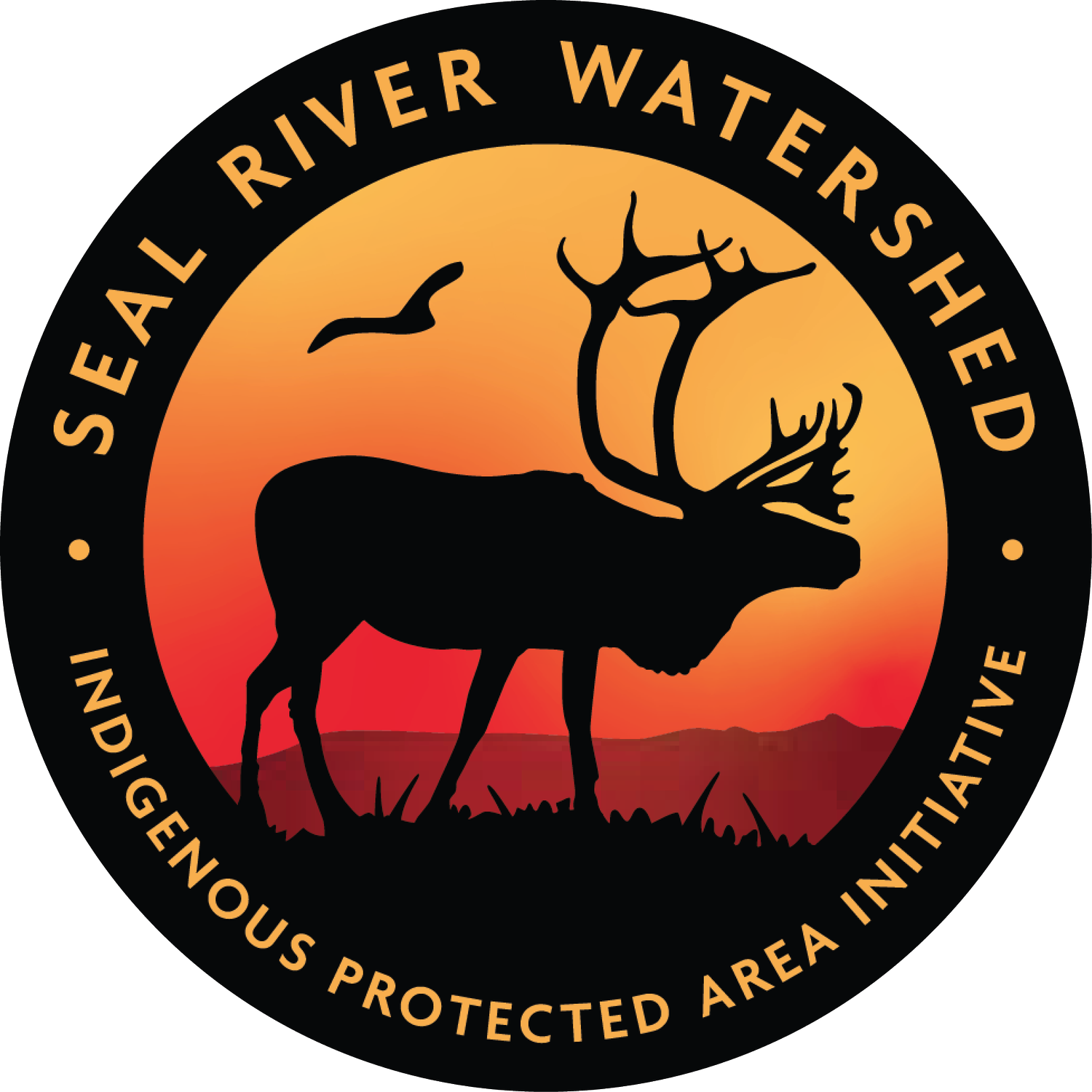Chief Trina Halkett, Barren Lands First Nation
Even before Trina Halkett became Chief of Barren Lands First Nation, she was a strong supporter of the Seal River Watershed Initiative. “It is important because it will have long-term effects on the community,” she said.
Barren Lands is one of four First Nations working together to permanently protect the Seal River Watershed from industrial development as an Indigenous Protected Area.
Halkett was at the meeting the day her Cree community signed the agreement to join the Alliance with its Dene and Inuit neighbours. “I was informed already and I was very interested,” she said. “I thought that with more communities involved, we could move it forward. The more partnerships you have, the more outcome you get.”
Halkett’s involvement has grown ever since. Today, her responsibilities as Chief and a community representative for the Seal River Watershed Initiative overlap. For both, her role is “to become involved with issues and concerns, take them forward, and get what is needed for the community.”
The Covid-19 pandemic quashed Halkett’s plans to meet with community members to share news about the initiative and discuss the importance of keeping the watershed healthy so that it can sustain traditional ways of life. She looks forward to having face-to-face meetings once it’s safe to do so.
Halkett, who grew up learning traditional ways, sees the initiative as an opportunity “to teach our younger generation to respect the land and water.” When it’s safe, she hopes to see groups of children and youth visit the watershed area and “see it for themselves.” Her goal is to inspire youth “to be more involved with the project and move it forward for their future.”
The process of becoming an Indigenous Protected Area will take a long time, she said, but it’s crucial for the four First Nations to work as one to keep the Seal River Watershed untouched by industrial development.
First Nations in northern Manitoba have felt the negative effects of hydroelectric development since the 1960s, from erosion along beaches and shorelines to damage to traplines, drinking water and commercial fisheries.
“We must stick together to keep the land and water clean,” warned Halkett, having seen the harm done. “Mining and dams in the region have affected [Barren Lands] and other First Nations, and we would like to protect the watershed for that reason.”
One of the effects of mining is a shrinking wilderness, which could be impacting the region’s barren-ground caribou. Halkett said that study is needed to understand why caribou, formerly found within the boundary of her community, have relocated.
“For the past few years, community members have had to travel seven to nine hours to hunt caribou,” she said. “This is difficult for many in the community. Some don’t have snowmobiles that can travel that far north.”
Caribou have always been vital to the survival of communities in the north. Halkett explains that traditional foods like fish, beaver and caribou are healthier choices—something she learned from her grandmother.
She hopes that by keeping the watershed as pristine as it is today, future generations will be able to continue traditional practices like fishing, trapping, and hunting.
“I’m doing it for the youth,” she said of her work with the initiative. She wants to see youth protect the watershed and teach each other to be stewards of the land and animals.
“Along the way, we lost our traditional ways, so we’re slowly trying to get it back into the community.”


